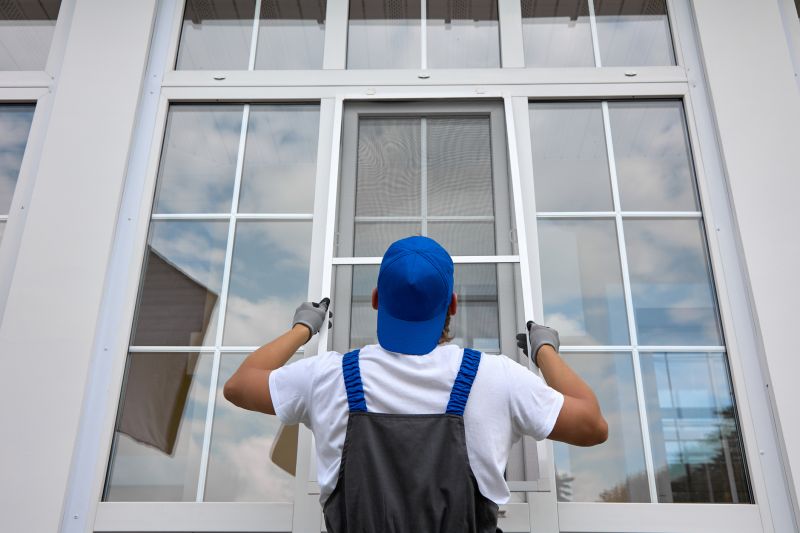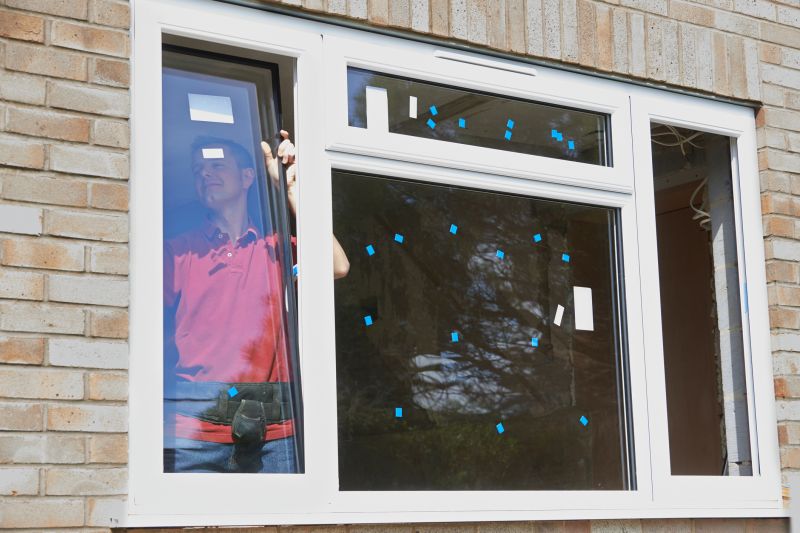Optimal Timing for Windows Installations
Choosing the right time for Windows installations can impact the process's efficiency and success. Typically, periods with lower system demand and fewer scheduled updates are ideal. Planning installations during off-peak hours or maintenance windows minimizes disruptions and ensures smoother transitions.
Spring and fall often provide mild weather conditions that can facilitate easier installation processes, especially for systems integrated with physical hardware.
Performing installations when systems are fully backed up and free of ongoing updates reduces the risk of data loss or conflicts.
Scheduling during periods of low activity, such as weekends or holidays, helps avoid operational disruptions.
Timing installations after major updates or patches ensures compatibility and reduces troubleshooting time.

A technician performing a Windows setup on a desktop computer.

A close-up of hardware components being prepared for Windows setup.

A monitor displaying Windows update progress.

An individual installing Windows on a laptop.

A backup process running prior to Windows installation.

Support technician helping with Windows setup.

Configuring Windows after installation completion.

Checking hardware compatibility before Windows installation.

A computer booting into Windows after installation.
| Aspect | Details |
|---|---|
| Optimal Seasons | Spring and fall are preferred due to mild weather and lower system demand. |
| Business Cycles | Scheduling during weekends or holidays minimizes operational impact. |
| Update Timing | Post-major updates or patches help ensure compatibility. |
| System Backup | Always back up data before initiating installation. |
| Support Availability | Ensure technical support is accessible during installation. |
| Hardware Readiness | Verify hardware compatibility prior to installation. |
| Network Conditions | Perform installations during periods of stable network connectivity. |
| User Preparedness | Ensure users are informed and prepared for potential downtime. |

A technician configuring Windows installation settings.

Verifying system stability after Windows setup.

Testing hardware components for Windows compatibility.

Training session on Windows functionalities post-installation.
Interested in scheduling a Windows installation? Filling out the contact form can provide more information and help coordinate the process efficiently. Proper planning and timing are essential for a smooth transition to the latest Windows environment.

